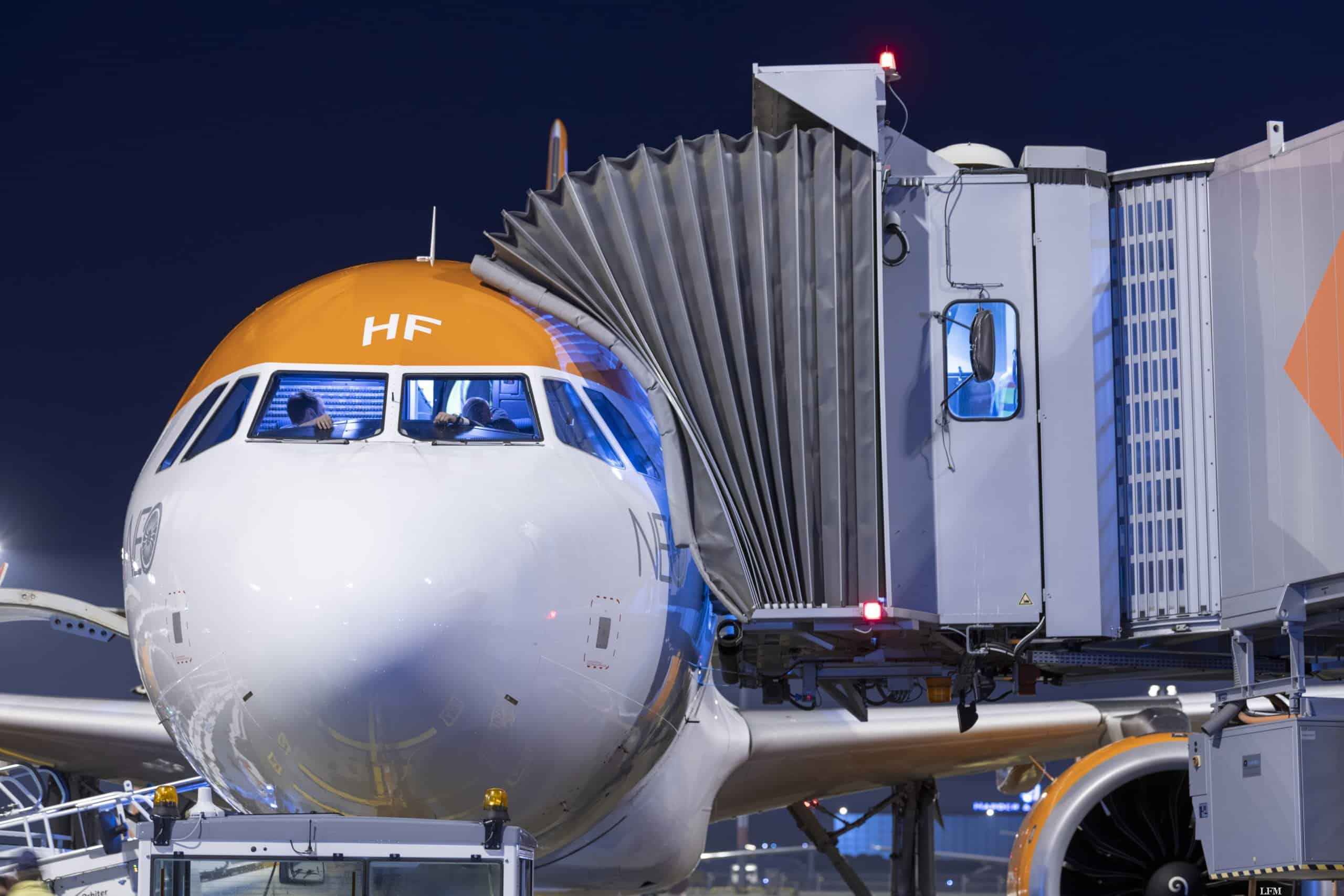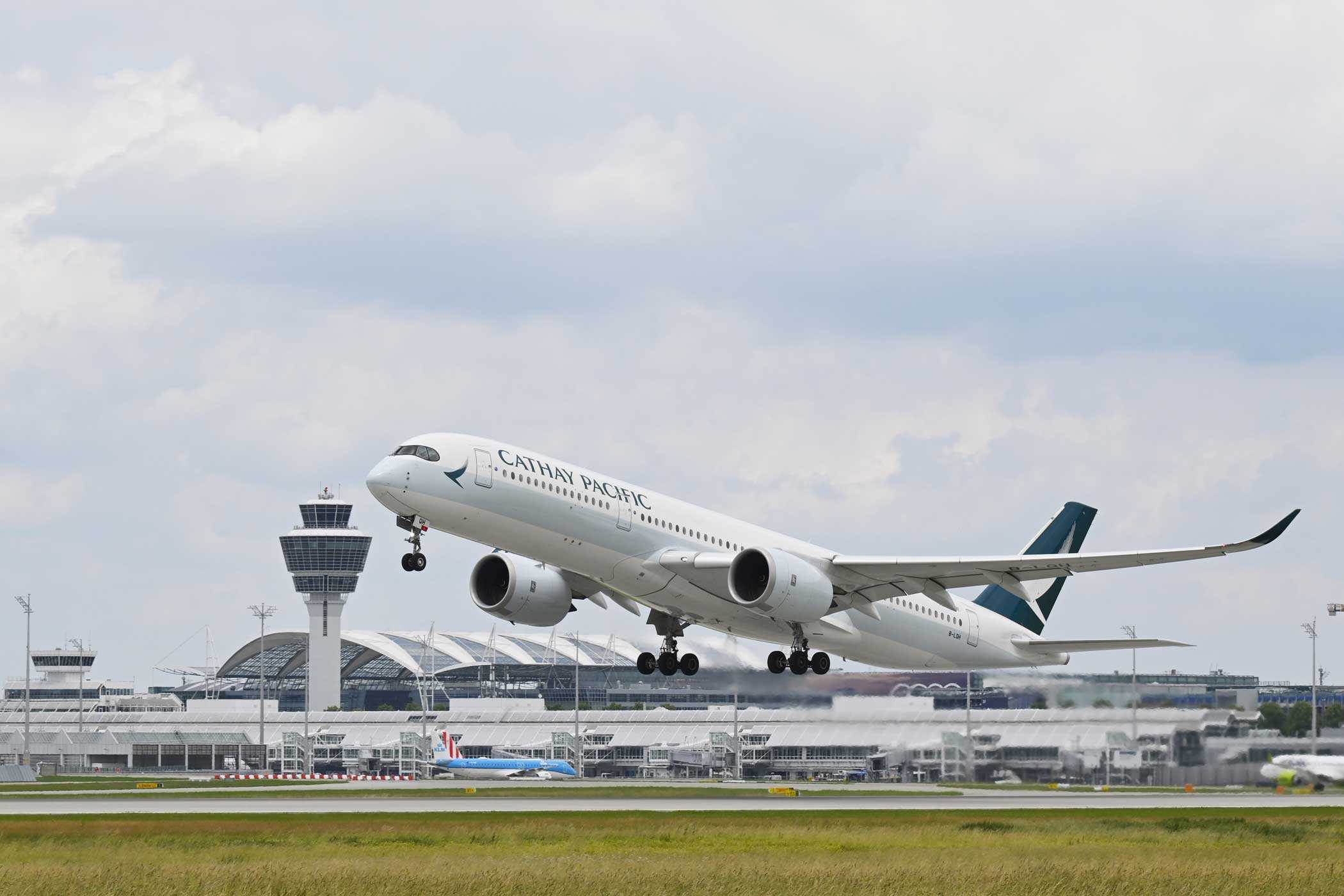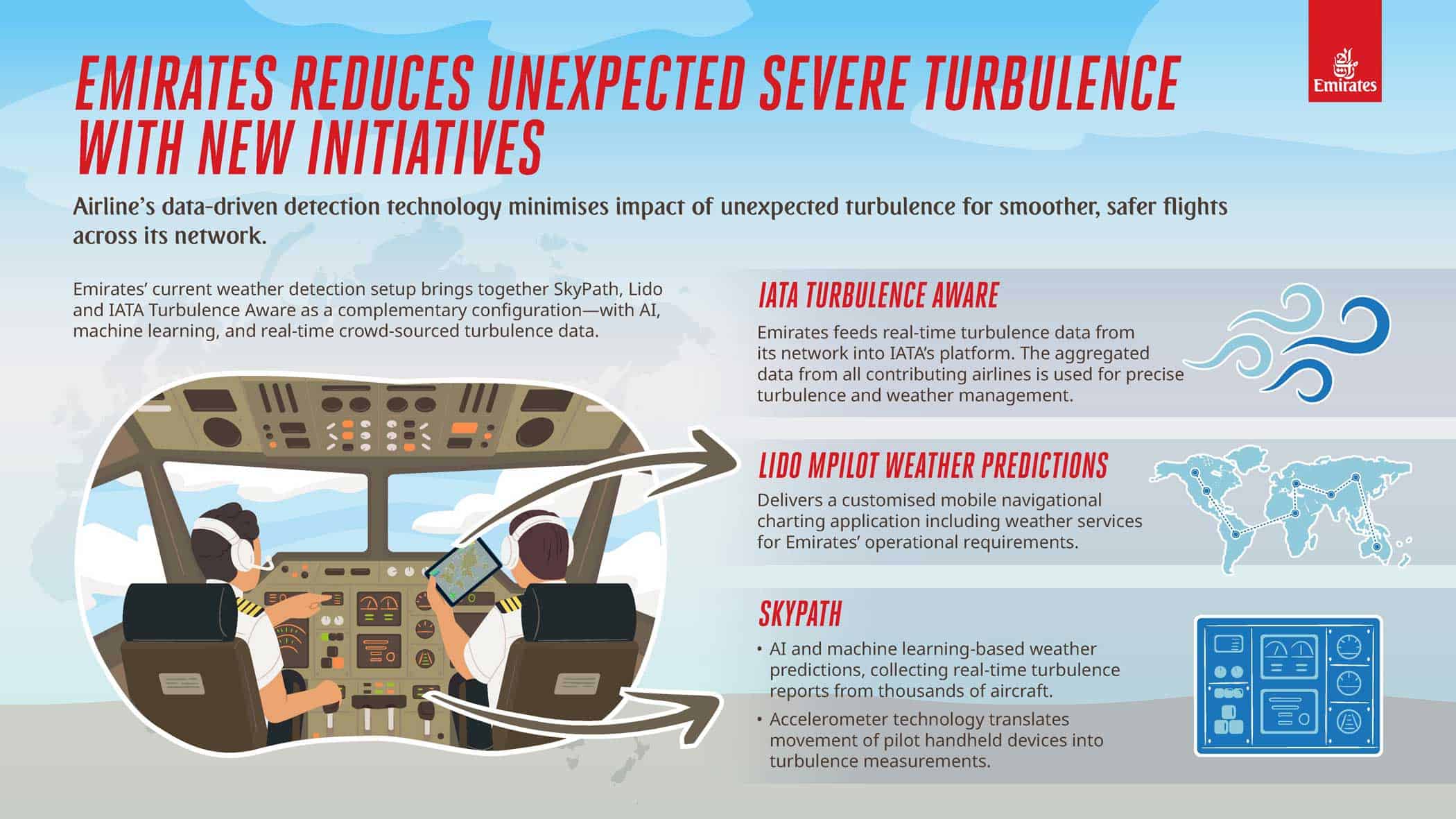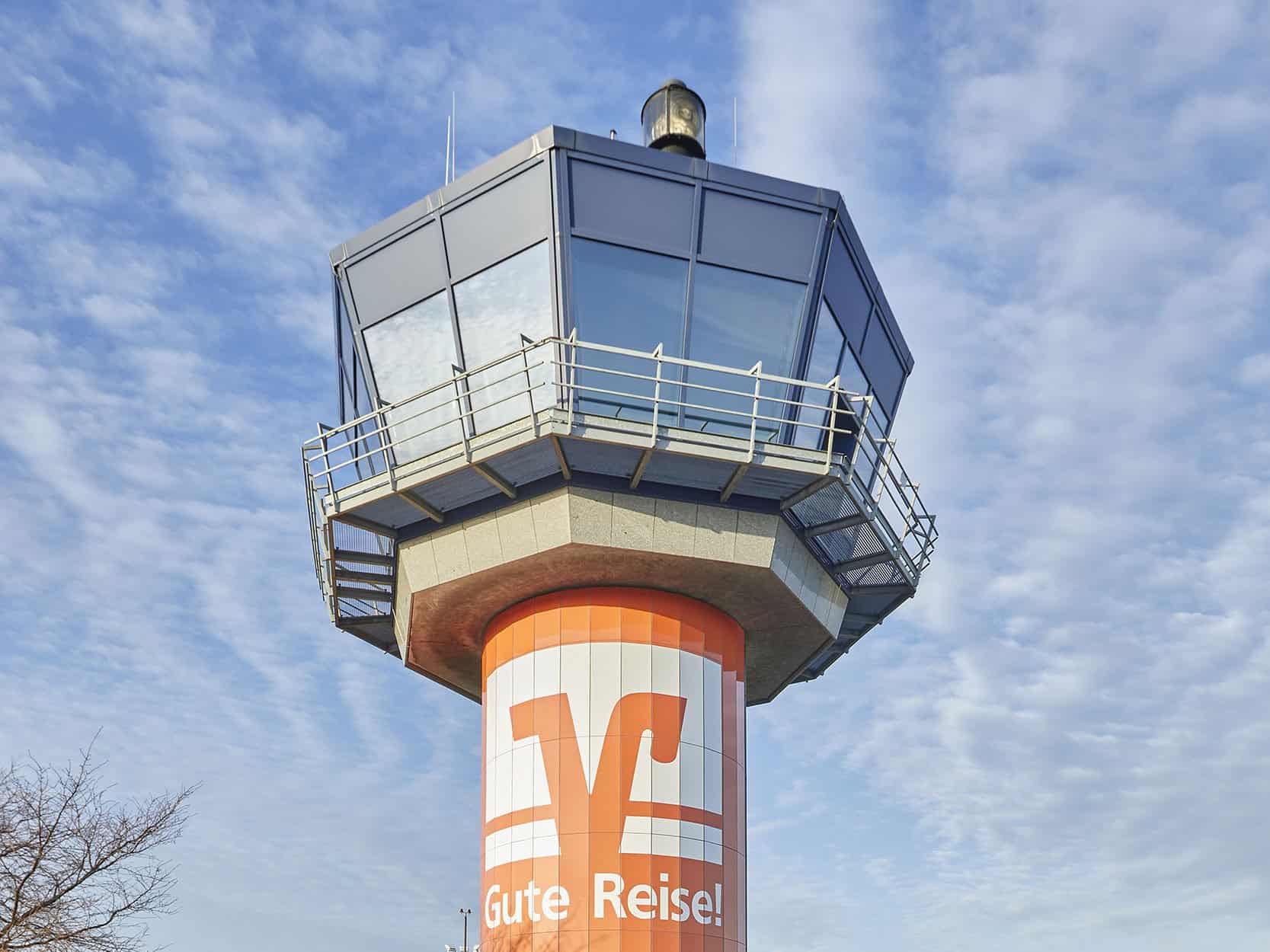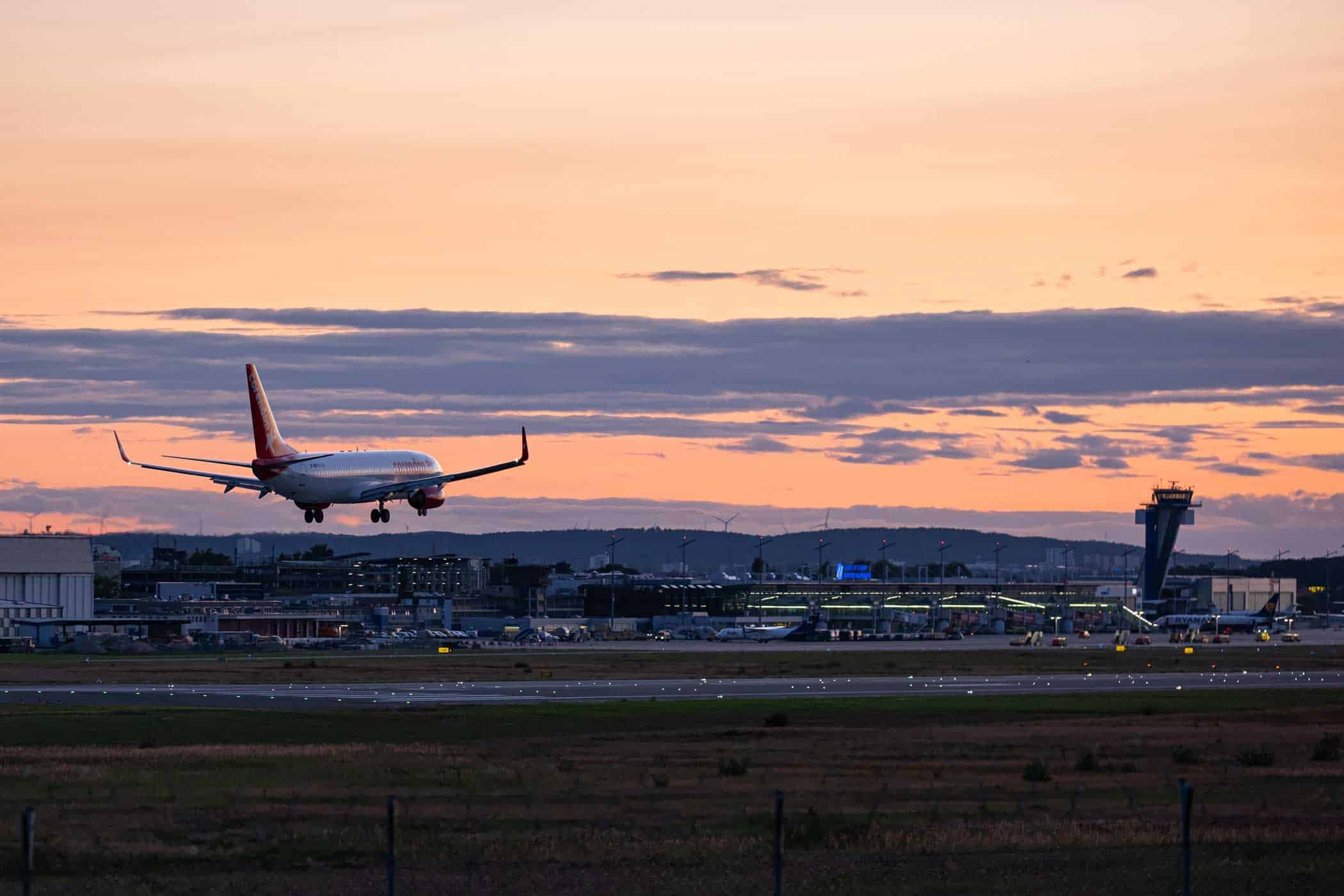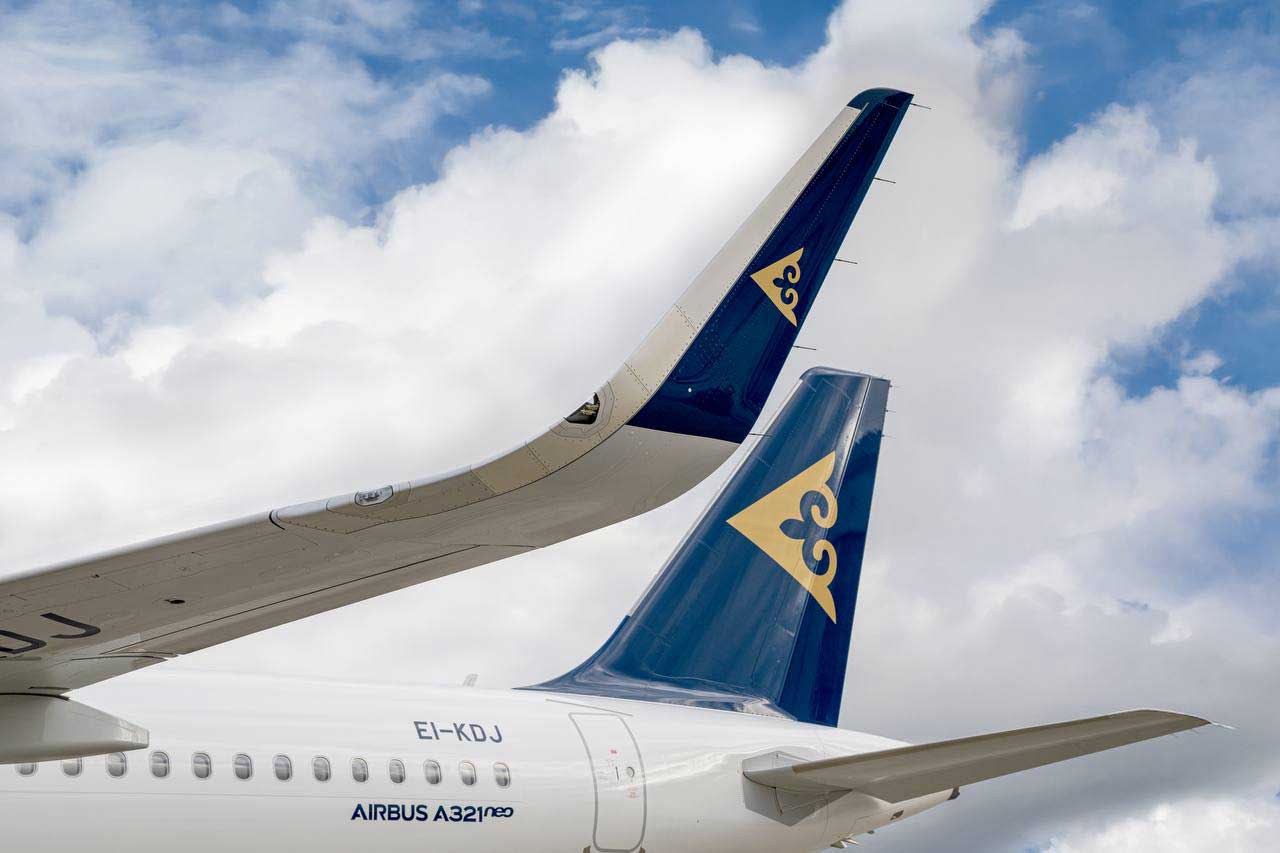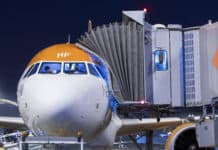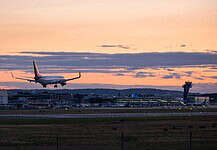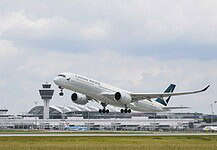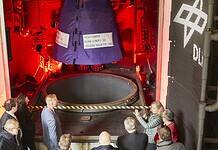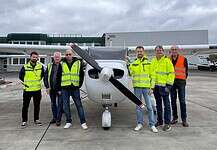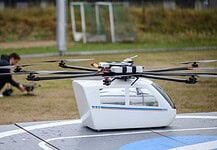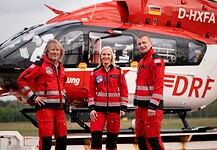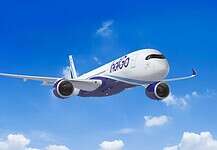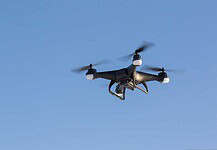This site is also available on:
Deutsch
Frankfurt Airport is one of Europe‘s most important transport hubs. As Germany‘s largest commercial airport, it is not only an essential component of the global mobility chain, but also a significant economic factor for the Rhine-Main metropolitan region. In anticipation of the projected growth in air traffic in the coming years, DFS Deutsche Flugsicherung GmbH and its operator, Fraport AG, have presented an enhanced operating concept. The goal of this measure is to prepare the airport for future challenges such as increasing flight movements, noise protection regulations, and environmental aspects – while ensuring the most stable and sustainable operations possible.
Experts predict a significant increase in flight movements by 2033. Initial capacity bottlenecks during peak traffic periods are already becoming apparent. Therefore, DFS and Fraport, in close cooperation with various institutions, have developed an adapted, future-oriented operating concept. This concept is deliberately based on existing structures, utilizes modern technologies such as Performance Based Navigation (PBN), and is subject to intensive coordination with regional bodies – especially the Aircraft Noise Commission (FLK). A particular focus is on the sustainable management of air traffic while simultaneously taking into account the noise protection interests of the affected population.
In the following report, we will explain in detail why and how DFS and Fraport decided on a new operating concept, what specific changes have been made, and what short- and long-term impacts this will have on passengers, residents, and aviation as a whole.
The initial situation at Frankfurt Airport
Operating direction “25” plays a central role at Frankfurt Airport. Specifically, “operating direction” refers to the preferred runway configuration, which is selected for air traffic depending on the weather and wind direction. The western operating direction “25” is particularly busy, as it is frequently used in prevailing wind conditions.
The existing operating concept already primarily uses the so-called southern bypass, especially for takeoffs from the central runway. This procedure, which has been in place since the airport was expanded with the addition of the northwest runway, is used for noise protection reasons. However, it comes with specific limitations – takeoffs via the southern bypass from the central runway are not completely independent of departures from Runway 18. In practice, this leads to capacity bottlenecks.
With a current benchmark of 104 flight movements per hour plus two tolerances, the existing operating concept is already reaching its limits during peak times. Experts predict that beyond a regular benchmark of 110 flight movements per hour, large parts of the current concept will no longer be sufficiently efficient.
Objectives of the new operating concept
DFS and Fraport have set themselves the goal of developing a new operating concept adapted to future requirements – with as few changes as possible compared to current practices. It should be flexible enough to guarantee safe operations even during heavy traffic volumes. In addition, aspects such as sustainability, environmental compatibility, and reducing noise pollution for residents are increasingly being focused on.
The planning is based on the expected traffic flows in the reference year 2033. This year was deliberately used as a reference for the redefinition of the noise protection zone, which is currently being reviewed. The goal is not only to meet the requirements formulated in the planning approval decision, but also to act in a forward-looking manner.
The solution strategy of DFS and Fraport can be divided into two central guiding principles:
- Optimized use of existing departure routes while maintaining the same security architecture
- Minimizing additional noise pollution through more flexible control and more precise navigation
Measures and structure of the further developed concept
The new concept focuses on the proactive use of the northwest departure routes, especially during peak traffic. Compared to the southern bypass, these routes are more independent of other traffic movements and can be controlled more efficiently. The basis for this is the modern PBN (Performance Based Navigation) navigation method, which, in addition to conventional procedures, enables more precise flight guidance and thus optimizes the separation of takeoff and missed approach procedures.
Contrary to the fears of many affected parties, the new concept does not involve any new flight routes. The existing departure routes will remain unchanged. Rather, the change lies in the frequency of their use – depending on the specific traffic situation at any given time of day.
A crucial tool in this regard is flexible traffic management: this allows air traffic control to automatically switch to the more efficient northwest routes during peak times, while continuing to give priority to the southern bypass during lower traffic times.
Advantages at a glance:
- Alternative to the congested southern bypass
- Increased use of technical navigation methods (PBN)
- Reduction of mutual dependencies during start-up operations
- Increase in operating capacity to up to 110 flight movements per hour possible
- More reliable compliance with the night flight ban through flexible planning
Implementation requires close coordination with several institutions. The measures are currently being implemented with:
- the Aircraft Noise Commission (FLK),
- the Hessian Ministry of Economic Affairs, Energy, Transport and Housing (HMWVW),
- and the Federal Supervisory Office for Air Navigation Services (BAF)
discussed and prepared. The final redefinition of the noise protection zone is scheduled to be completed by the end of 2026.
Impact on the region and environment
The impact on residents and the environment is at the heart of all operational changes. Therefore, particular emphasis was placed on avoiding exacerbating noise impacts—ideally even mitigating them locally. More targeted load distribution across the northwest during peak times can minimize congestion, potentially leading to a reduction in overall noise pollution.
It is expected that the implementation of the new concept will result in fewer people being affected by noise pollution in the long term. The staggered operating hours and the targeted use of quieter routes (e.g., during off-peak times) will contribute significantly to regional relief.
Fraport and DFS emphasize that all measures were initiated in close dialogue with the region. This includes early engagement with political stakeholders, local communities, and expert committees. This political and social involvement will continue to play a central role in the companies’ actions – thus mastering the balancing act between economic efficiency, environmental protection, and social responsibility.
Voices from management
Those responsible, DFS and Fraport, are speaking out to the public with clear words:
“We expect an increase in traffic volume at Frankfurt Airport in the long term,” says Dr. Pierre Dominique Prümm, Executive Board Member for Aviation and Infrastructure at Fraport AG. “Capacity bottlenecks already exist during peak traffic periods, during which the northwest departure routes are increasingly used. Therefore, we need the enhanced operating concept at the latest when we reach a benchmark of 110 flight movements per hour. Together with our partner DFS, we are laying the foundation for safe, stable, and sustainable operations in the future.”
And from the perspective of air traffic control, Dirk Mahns, Managing Director Operations at DFS, adds:
“DFS supports the growth of Frankfurt Airport. Together with Fraport, we have examined various options. The further developed operating concept utilizes existing flight routes and optimizes traffic distribution. This allows us to meet safety and capacity requirements while minimizing the impact on the surrounding area.”
These statements underline the responsible and coordinative approach of the project.
Conclusion and outlook
The changes presented to Frankfurt Airport’s operating concept are not simply adjustments to technical processes – they mark a strategic realignment of air traffic management for a new decade. With the further developed operating concept, DFS and Fraport are not only meeting growing demand but are also setting new standards for resilient structures in air traffic – always with an eye on sustainability, precision, and regional balance of interests.
Some measures are still in the coordination phase. Their development is being carried out transparently and in close cooperation with regulatory authorities and interest groups. Implementation, including the new designation of noise protection zones, is scheduled to be completed by the end of 2026.
For air travelers, this means more stable processes in the future, for the region the opportunity for more targeted noise control – and for the aviation industry a practical model for growth-oriented transport infrastructure in the 21st century.

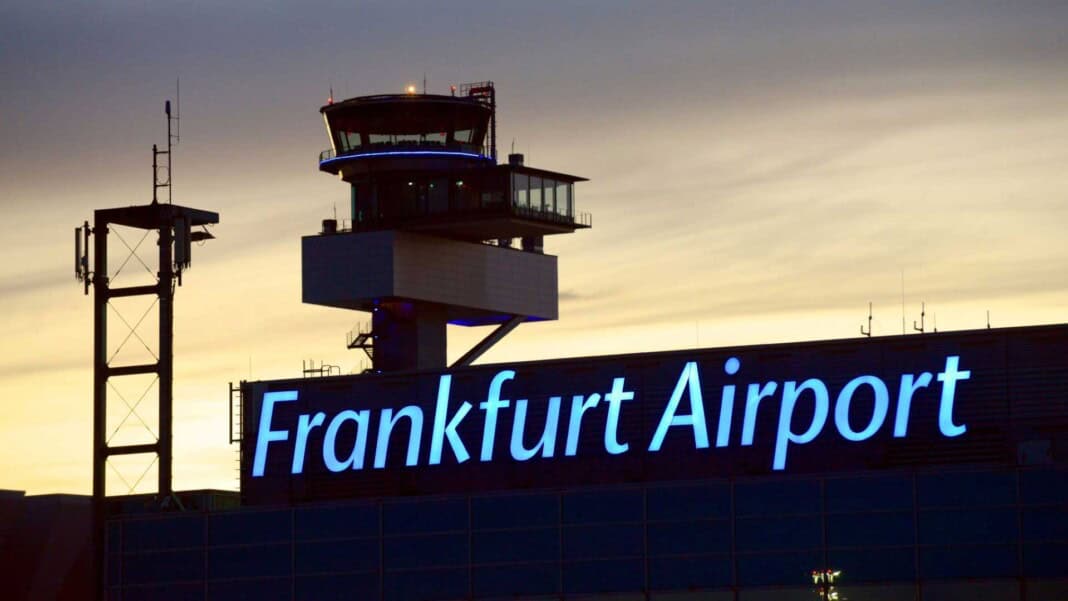
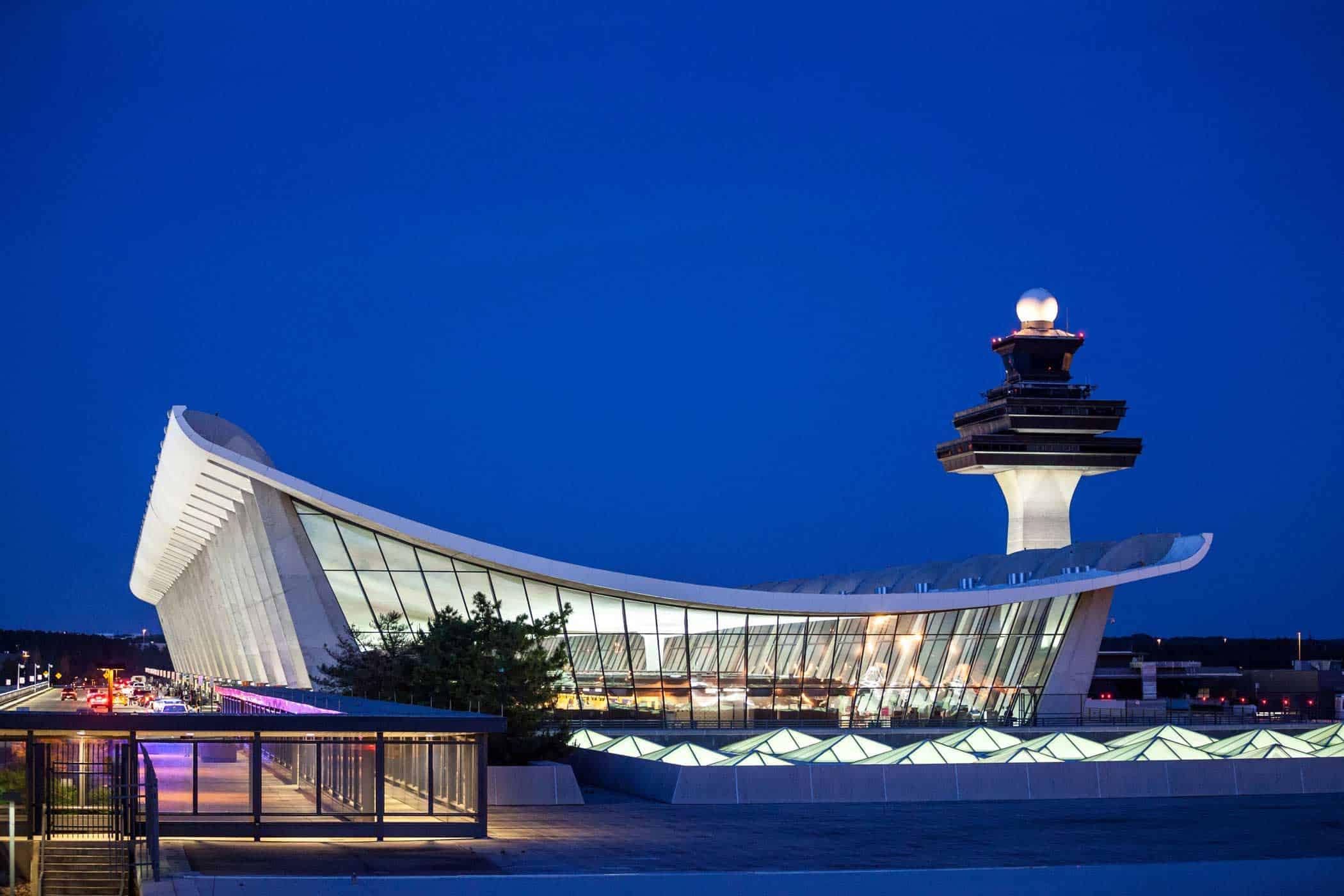 Washington Dulles Airport records record numbers (Washington Dulles Airport records record numbers)
Washington Dulles Airport records record numbers (Washington Dulles Airport records record numbers)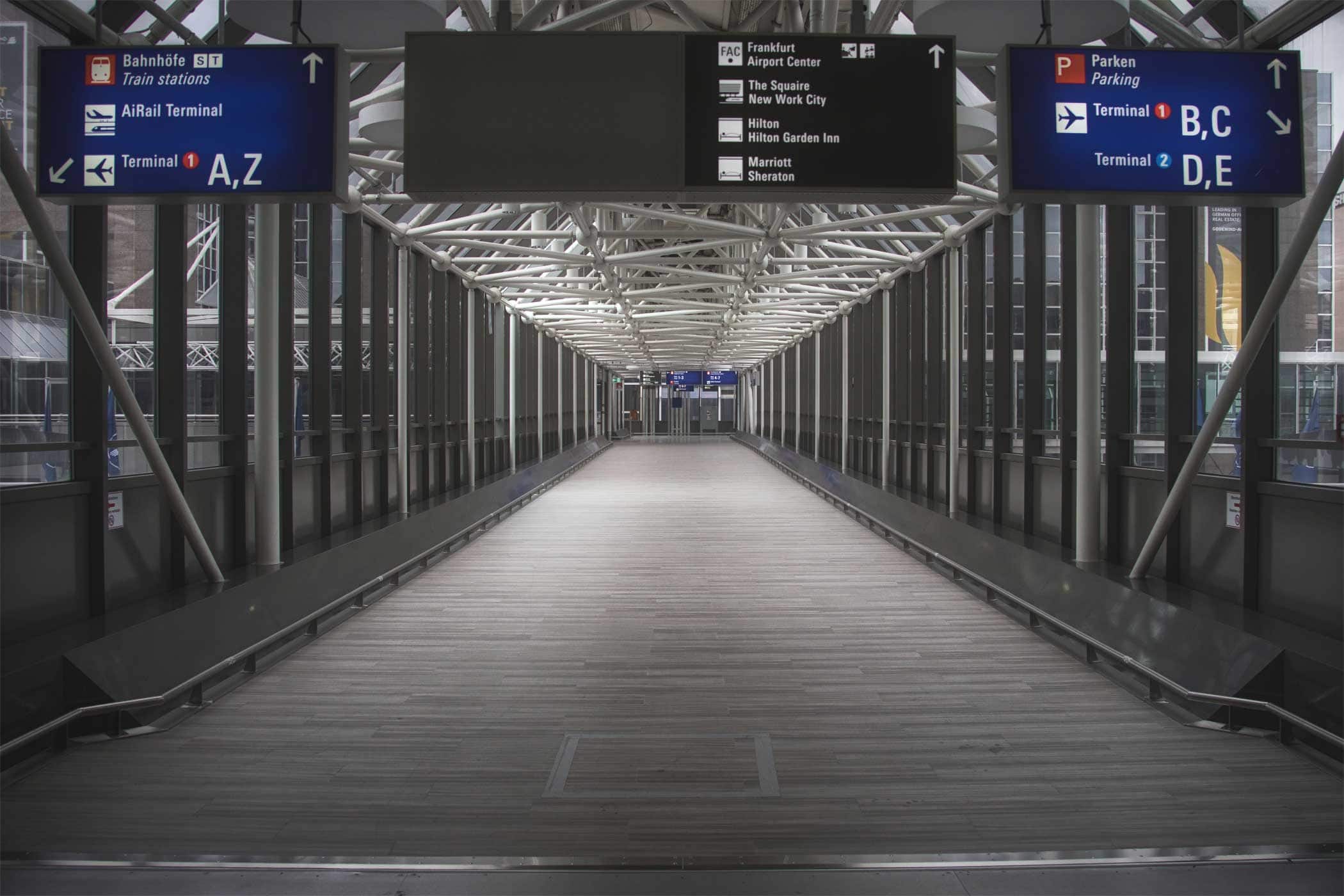 ver.di announces warning strikes at airports – The background (ver.di announces warning strikes at airports – The background)
ver.di announces warning strikes at airports – The background (ver.di announces warning strikes at airports – The background)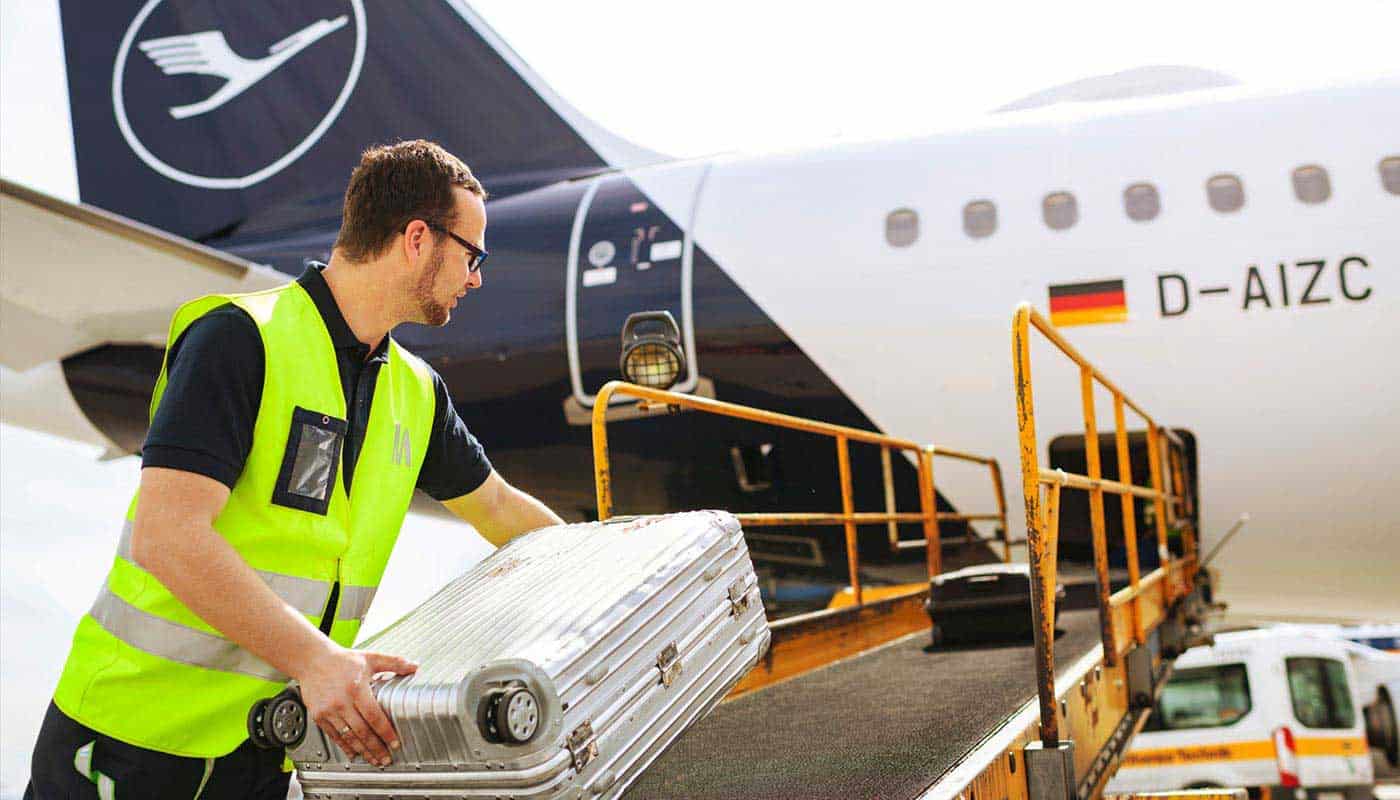 Munich Airport GmbH sells handling to AXS Group (Munich Airport GmbH sells handling to AXS Group)
Munich Airport GmbH sells handling to AXS Group (Munich Airport GmbH sells handling to AXS Group)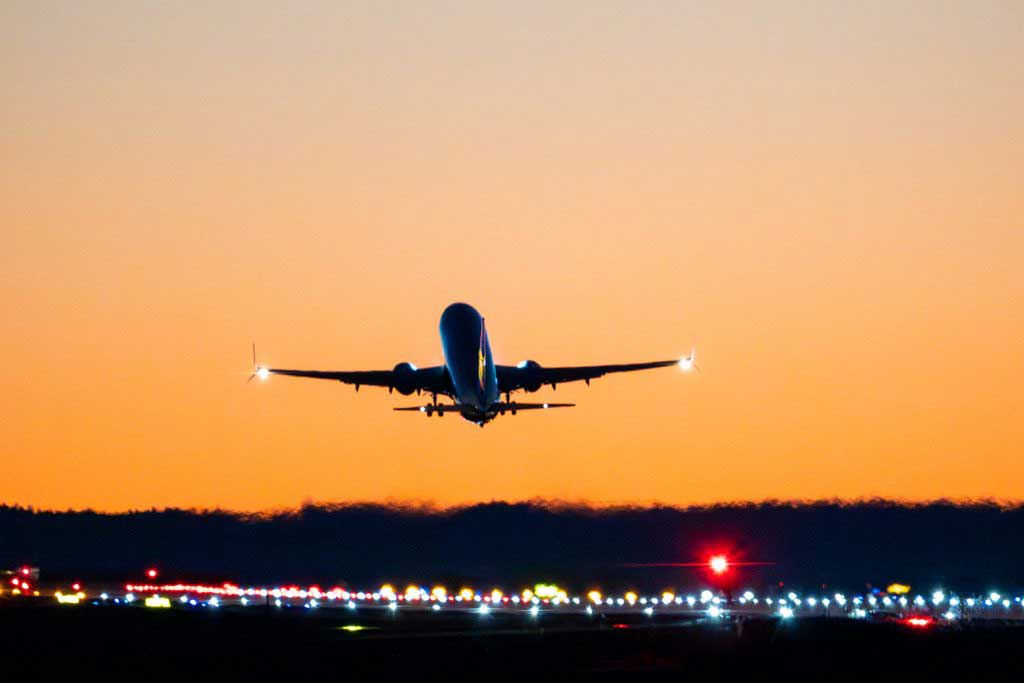 Memmingen Airport expects significant growth during the holidays (Memmingen Airport expects significant growth during the holidays)
Memmingen Airport expects significant growth during the holidays (Memmingen Airport expects significant growth during the holidays)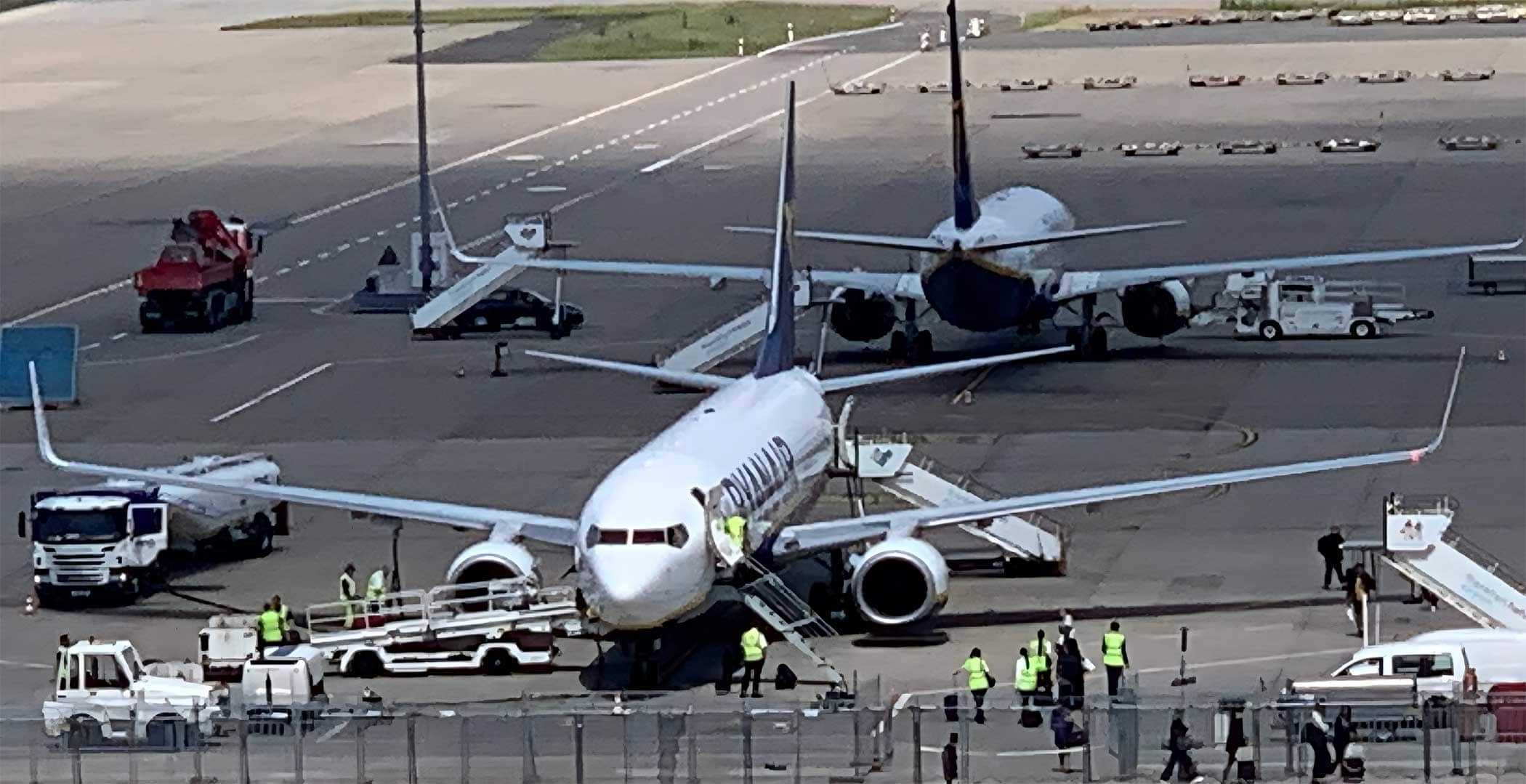 Hahn Airport reports growth in passenger numbers and freight (Hahn Airport reports growth in passenger numbers and freight)
Hahn Airport reports growth in passenger numbers and freight (Hahn Airport reports growth in passenger numbers and freight)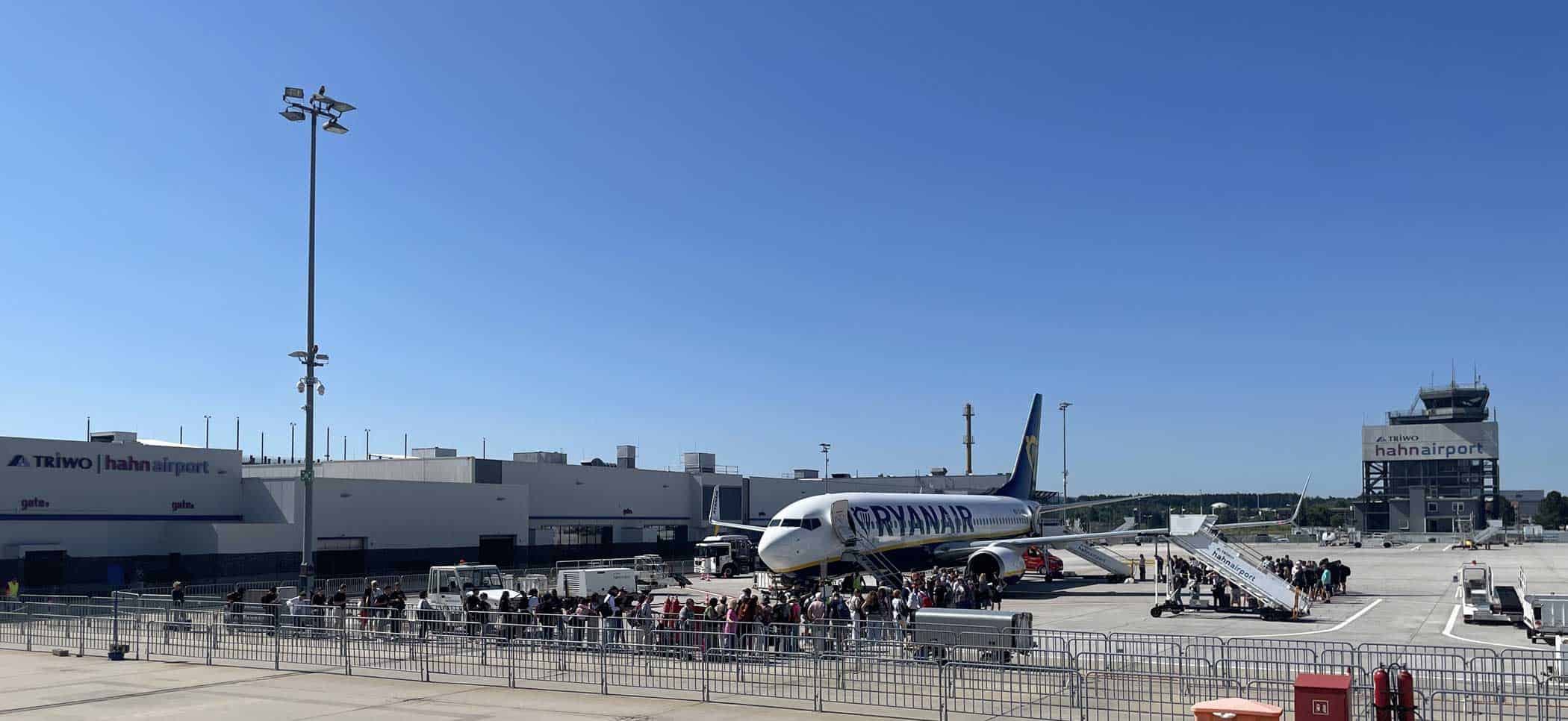 Hahn Airport records passenger and freight growth in the first half of the year (Hahn Airport records passenger and freight growth in the first half of the year)
Hahn Airport records passenger and freight growth in the first half of the year (Hahn Airport records passenger and freight growth in the first half of the year)